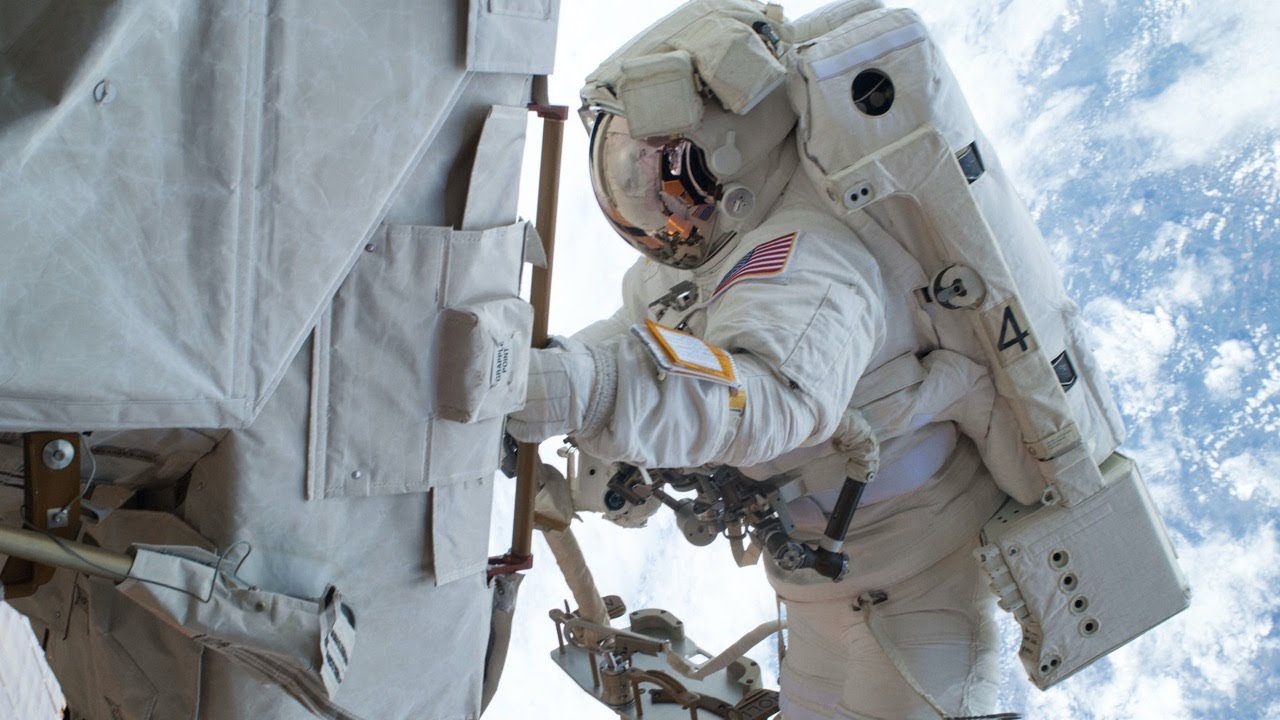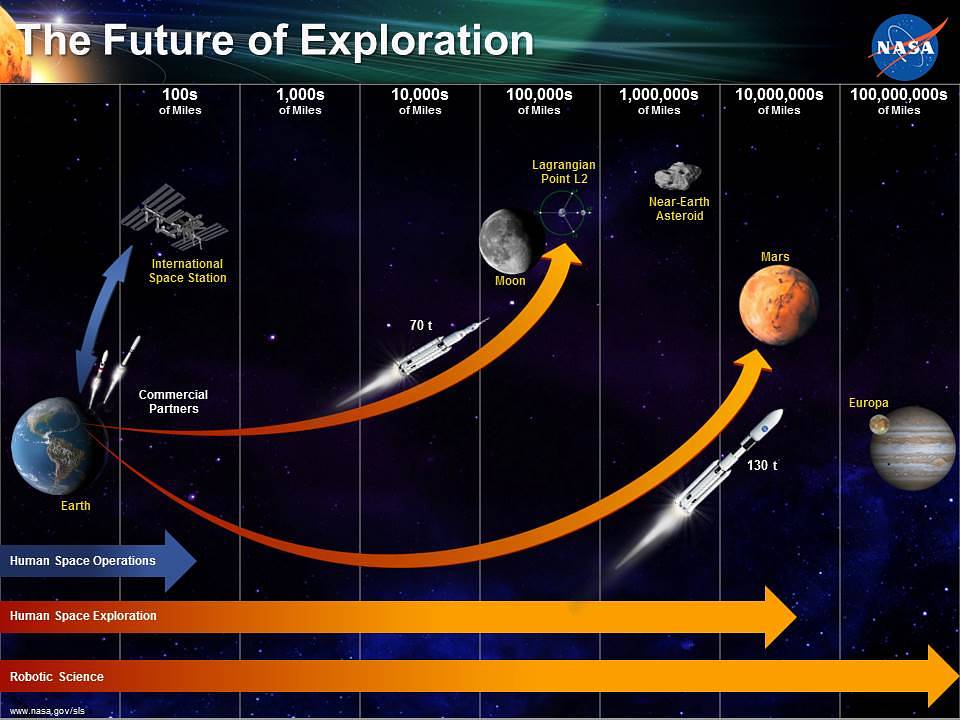
NASA Astronauts Discuss Medical Mysteries After Space Mission
CAPE CANAVERAL, Fla. - In a press conference held at NASA’s Johnson Space Center in Houston on November 8, 2024, astronauts Matthew Dominick, Michael Barratt, and Jeanette Epps revealed some intriguing details about their recent space odyssey. This mission, which witnessed them orbiting the Earth aboard the International Space Station (ISS) for nearly eight months, concluded with unexpected medical attention upon their return.
 NASA astronauts conduct research aboard the ISS.
NASA astronauts conduct research aboard the ISS.
Upon splashing down in the Gulf of Mexico on October 25, the crew, including Russian cosmonaut Alexander Grebenkin, was rushed to a hospital in Pensacola. The reason for this urgent medical attention remained a mystery, as NASA officials cited privacy concerns. During this conference, the astronauts maintained a tight-lipped stance on which teammate experienced health issues, a choice seemingly guided by both respect for privacy and the unpredictability of human responses to prolonged space travel.
Acknowledging the Unknowns of Spaceflight
Michael Barratt, an astronaut also trained as a medical doctor, addressed the evolving challenges experience by astronauts during their missions. He stated, > “Spaceflight is still something we don’t fully understand. We’re finding things that we don’t expect sometimes. This was one of those times, and we’re still piecing things together on this.”
This cryptic statement highlights the numerous health risks that accompany life in space, an area that remains shrouded in scientific inquiry. The unique environmental factors of microgravity can adversely affect human physiology, producing reactions that are as unpredictable as they are varied. Jeanette Epps emphasized this further, remarking that, “every day is better than the day before,” indicating resilience in their overall recovery process.
Amidst concerns, the astronauts seamlessly transitioned back to life on Earth, though Matthew Dominick noted small, yet significant challenges. He expressed that routine tasks, such as adjusting to a hard chair, proved difficult initially. Interestingly, Dominick did not utilize the treadmill during their mission as part of a research experiment evaluating whether to streamline necessary fitness equipment for future Mars expeditions.
The Future of Space Exploration
As the focus shifts toward the missions involving the Starliner vehicle, it’s essential to consider the experiences of Domink and his crew. Two astronauts, Butch Wilmore and Suni Williams, continue their tenure aboard the ISS, scheduled to return with SpaceX in February 2025 after the uncrewed Starliner made its debut in September. NASA’s continued exploration pushes boundaries, highlighting both achievements and the challenges faced.
 Future missions may benefit from lessons learned onboard the ISS.
Future missions may benefit from lessons learned onboard the ISS.
As missions become longer, especially with Mars on the horizon, understanding and mitigating health risks will be paramount. The interplay between human biology and space environments must be charted with precision, ensuring the safety and well-being of astronauts. NASA’s commitment extends beyond current flights, encouraging ongoing research to solve the puzzles of space travel before embarking on distant planetary missions.
With medical protocols evolving and new technologies being integrated, the journey to uncover the human body’s limits in space has only begun. As mentioned by Barratt, there’s much left to discover, providing a horizon of opportunities and responsibilities for future explorers.
Conclusion
The recent experience of these astronauts serves as a reminder of the complexities associated with space exploration. As NASA charts out its ambitious plans towards Mars, it is clear that maintaining astronaut health—physically and psychologically—will be integral to the success of future missions. The lessons learned from this mission will undoubtedly shape protocols for those destined for the stars.
For further information, you can explore more about NASA’s initiatives here.
 The journey to Mars will require extensive preparation.
The journey to Mars will require extensive preparation.










